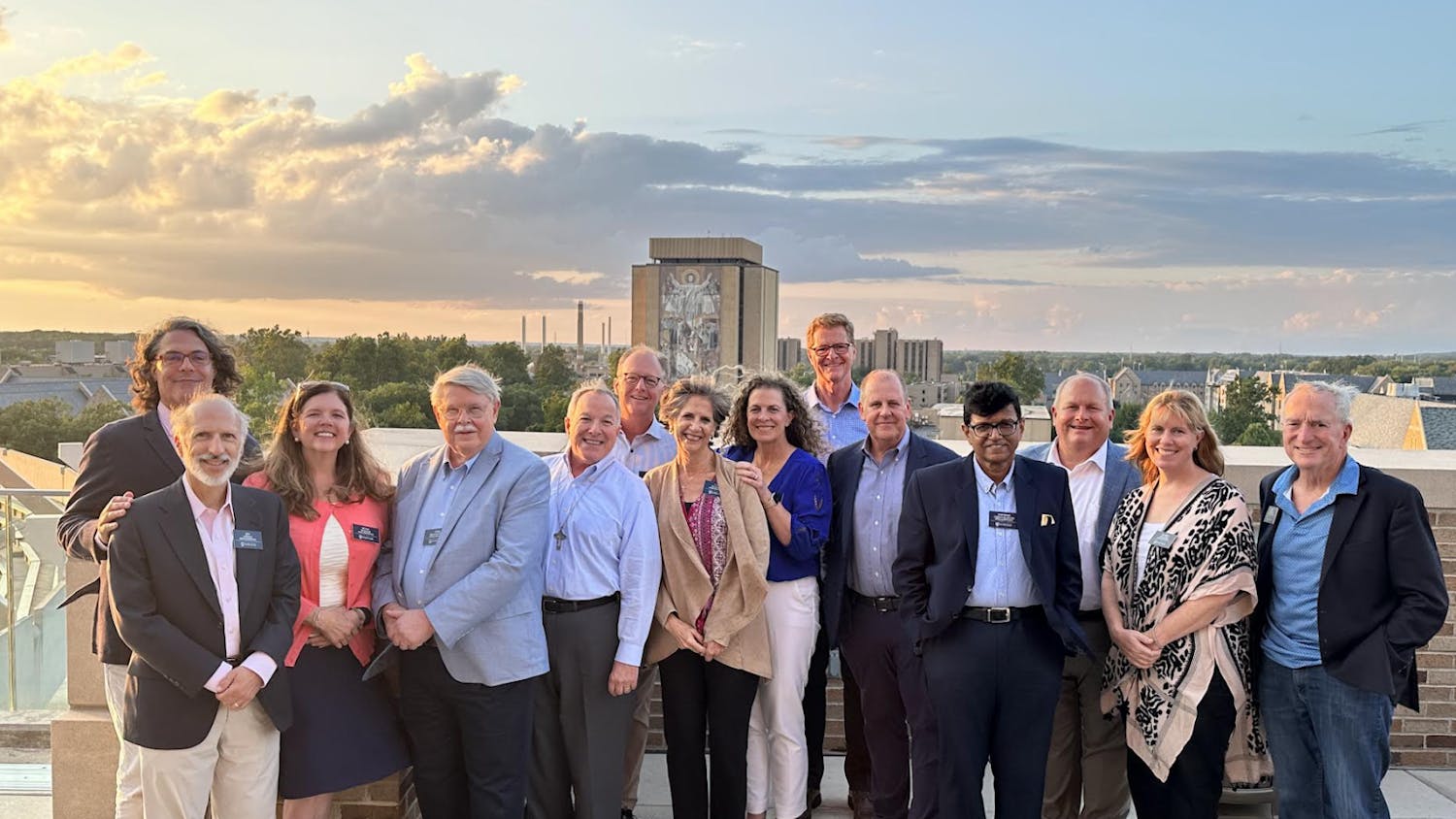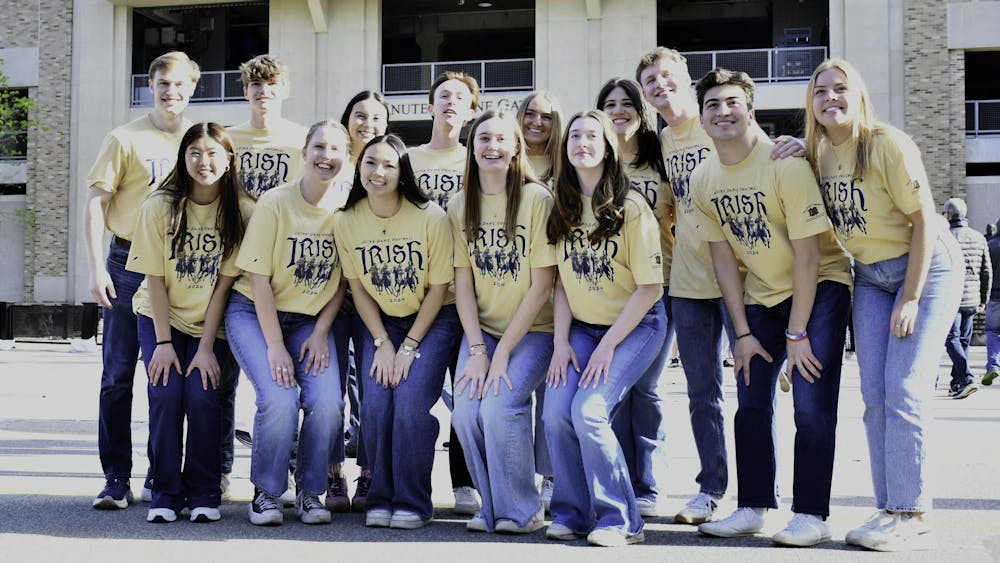Saint Mary’s senior Maria Teresa Valencia spoke Friday about the struggles low-income families face while navigating the high costs of living and the inaccessibility of benefits and healthcare in today’s society as part of the weekly Justice Friday series.
Valencia interns at REAL Services, a north-central Indiana organization serving the elderly and low-income households, and through this she said has worked with low-income families.
“43.1 million adults and children are in poverty, and 59 percent of American households with incomes less than $20,000 a year spend nearly half their income on rent alone,” she said. “Communities of color tend to be more affected by poverty than white communities.”
Valencia said poverty encompasses all aspects of a low-income family’s life, including healthcare and childcare.
“We tend to think poverty equals income, but it’s so much more than that,” she said. “Poverty is not just the lack of making money. It’s a lifestyle.”
Valencia said access to stable housing is the key to job stability.
“In the Milwaukee area, a study found that workers leaving their housing involuntarily were 20 percent more likely to lose their jobs than workers with stable housing conditions,” she said. “This just goes to show how necessary having a stable home is to having stable employment.”
Valencia said that poverty is a vicious cycle, in which low-income families are often so desperate for basic necessities that they are forced to pay higher premiums for rent and food because of the immediacy of the need.
“They happen to have higher food costs because they are located in areas where affordable food is not located, so they often choose this food because of how accessible it is, not because they prefer it,” she said.
Due to this urgency for basic necessities, Valencia said low-income families often find themselves trapped in loan scams in which they pay double or even triple the typical interest rates.
“Something I’ve realized while working through my internship is many low-income individuals get payday loans, which are one of the worst destroyers of credit,” she said. “The reason why payday loans are so horrible is because they specifically target low-income families. Loan companies know that low-income families are going to be the ones desperate enough to want to pay 300 to 400 percent interest rates. Nobody wants to pay that, but some of these families are just so desperate they go for the payday loan because it is quick money.
“Payday loans don’t take into consideration if the family is capable of paying it back or not. They hand them money, knowing they will receive way more in interest.”
Valencia said that government assistance programs can combat the need for payday loans, but even government benefits are not 100 percent accessible.
“I can’t emphasize how important it is to have programs that help individuals get out of the cycle of poverty,” she said. “Section 8 is the most popular housing program. Basically, Section 8 offers government funding to people in low-income areas so they can help pay their rent. However, only one-in-four low-income individuals are able to receive housing assistance due to the limited nature of government funding.”
Valencia said government assistance does not just help low-income families.
“They don’t just lift lower-income individuals out of poverty; they help everybody else,” she said. “Once we help those in poverty, our government can use those funds to promote and sustain other programs.”
Valencia said that helping to decrease poverty levels can benefit future generations.
“Children are at such a critical age, and their brain is still developing, so when they cannot get necessities like healthcare, quality food, education or the environment they need, this affects their physical and mental health, and educational and employment outcomes in the future,” she said.
Valencia said another problem faced by low-income families is the misunderstandings that surround the use of government benefits and assistance. She said many feel that some low-income individuals may abuse the benefits given to them, and the government should cut the money allotted to assistance programs.
“A small percentage will abuse government assistance, but when you think about the bulk of people that government funding helps, it makes all the difference,” she said. “It’s easy to dismiss something when everything is just numbers and percentages, but when you have someone come and share their story and how much their life is affected, it means something.
“They’re not numbers, they’re people.”
Valencia said educating oneself about aid programs that help low-income families is a great way for students to help and support those struggling under the poverty line. Valencia said students can inform and guide low-income individuals to places where professionals can help them to sign up for government assistance and benefits.
“Volunteering in places of low-income provides students the opportunity to become aware of the struggles faced by low-income individuals and empathize better with those individuals,” she said.













